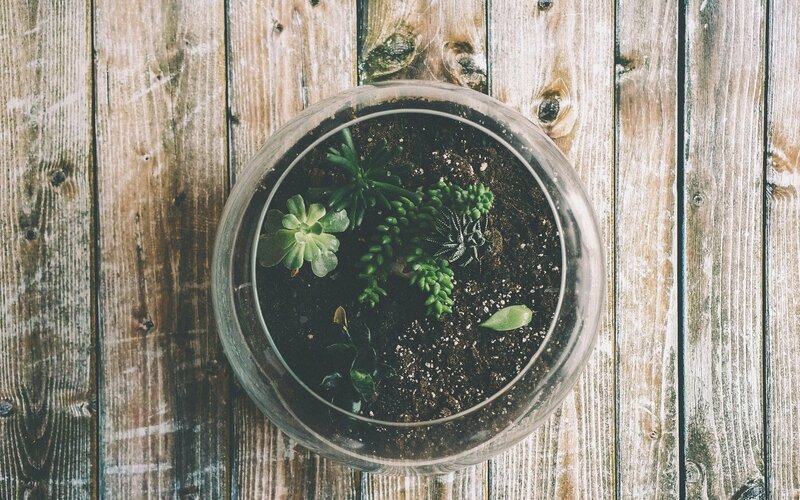
Bring the outside in
Eventing folk love to live life in the great outdoors, but our British weather can often thwart us – whatever the time of year. Here’s how to add some green additions to your home to help reap the benefits of indoor living.
By planting indoors you can enjoy your outside space all year round and benefit from plants’ ability to purify the air and boost your mood. However, the outdoors doesn’t have to stop at your front door.
By planting indoors you can enjoy your outside space all year round and benefit from plants’ ability to purify the air and boost your mood. However, the outdoors doesn’t have to stop at your front door.
POTTED PLANTS
Adding a green touch to your home needn’t be a big task. Potted plants on your windowsills and in room corners can instantly lift the interior. Hanging pots can also be attached to the wall if your floor space is at a premium.
For colour:
- Tropical hibiscus, which adapts well to living indoors. If you keep it on a sunny window, you may be able to enjoy its vibrant petals throughout winter.
- Chrysanthemums are another cheerful addition to the house. Pick a bright location to benefit from its air-purifying abilities.
For sculptural leaves:
- English ivy. It suits hanging pots and will grow without much effort, making it the perfect option for beginners.
- Peace lily, rubber plant and spider plant.
- Red-edged dracaena. This decorative plant can reach the ceiling, so bear this in mind when scoping out a location for it.
For foodies:
- Herbs have the bonus of supplying you with fresh ingredients for your cooking as well as looking, and smelling, sublime. Rosemary and lavender have particularly beautiful scents to freshen up your kitchen.
MINATURE GARDENS
Terrariums are a big craze in contemporary gardening at the moment. For the uninitiated, these are small gardens housed in glass containers, which allow delicate plants to be grown in an attractive way. Containers can include goldfish bowls, large jars, coffee pots and bottles. You can use anything, provided there is an opening big enough to put things inside!
Thanks to the warm humidity of the terrariums, you can be much more adventurous. Try:
- The delicately patterned leaves of the moon valley friendship plant add some lovely texture.
- Dark-leaved plants such as black mondo grass are beautiful when offset by golden clubmoss.
LIVING WALLS
Otherwise known as a vertical garden, living walls contain plants that are rooted to structural support attached to a wall. These can fill an entire wall or fit inside a modest picture frame.
Living walls are ideal if you don’t have much floor space and larger living walls can reduce background noise and noise pollution. Herbs, flowers, vines and cacti can all be used to fill your vertical garden.
GLASS GARDEN ROOMS
If you’re dedicated to bringing your garden inside, building a glass garden room, orangery or veranda could be just the ticket. Options include:
- A glass veranda. This is the most straightforward and will blur the lines between house and garden. When the sun hits the glass, you can enjoy an al fresco meal while looking out over your garden.
- A glass garden room. This is fully enclosed. A high pitched roof gives a light, airy feel and folding or sliding doors give outdoor access. You may need planning permission in some areas and you should also consider where the best views of your garden are and where the sun is. It’s best to face your garden house east or west so it doesn’t get too hot in summer.
- An orangery. This creates a real statement. It’s made of brick or masonry and has floor-to-ceiling windows. This makes it a wonderful addition to a kitchen-diner and a comfortable place to stock with eye-catching plants.
TALKING TOXIC
There are many indoor plants to pick from, but not all will be suitable for your home.
If you have pets or children, look out for plants with toxic leaves. Some good non-toxic options are:
- Boston ferns
- Bamboo palm
- Spider plant
- Jade plant
- African violet
- Peperomia
- Prayer plant
A version of this article first appeared in AGA Living magazine.
